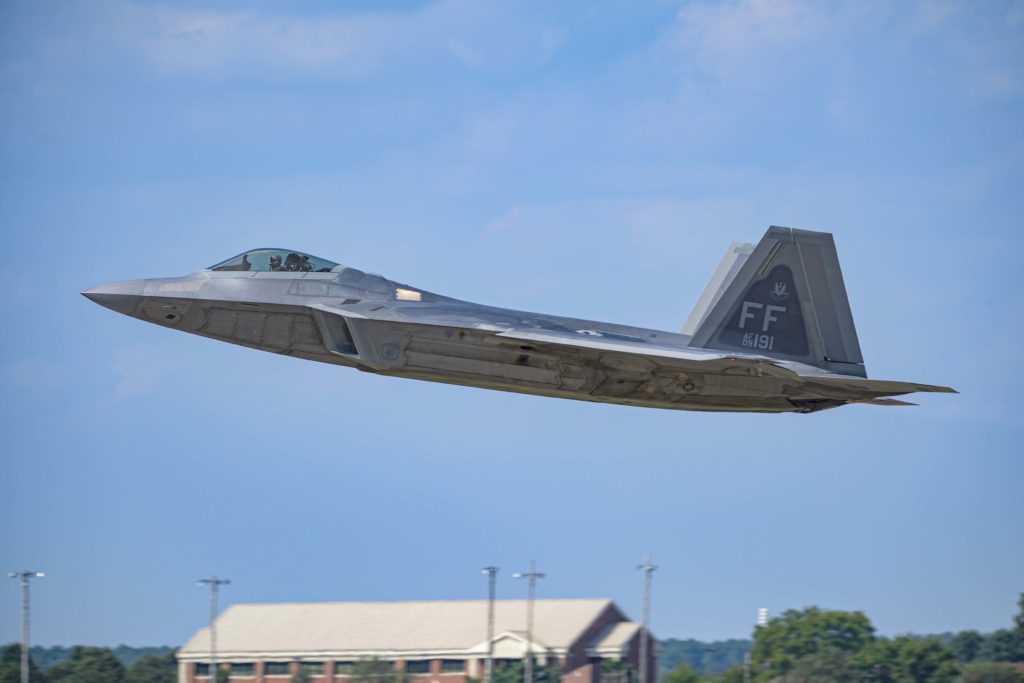Estimated reading time 3 minutes, 28 seconds.
The U.S. Air Force (USAF) has approved long-held plans to move the F-22 Raptor Formal Training Unit (FTU) to Joint Base Langley-Eustis, Virginia, following the completion of an environmental impact study. The 43rd Fighter Squadron has flown the F-22 since 2003 as part of the 325th Fighter Wing at Tyndall AFB, Florida. When the base was heavily damaged by the Category 5 Hurricane Michael in October 2018, Raptor pilot training was temporarily relocated to nearby Eglin AFB. The air force dispersed the remaining operational squadron’s-worth of Raptors between Joint Base Langley-Eustis and Joint Base Elmendorf-Richardson, Alaska, both of which operate F-22s.

The relocation of F-22 training to Eglin was intended as an interim step ahead of a formal relocation and alignment with an operational Raptor base. The USAF proposed a formal relocation to Langley in March 2019 in order to consolidate the training function alongside the existing two front line Raptor squadrons here under the resident 1st Fighter Wing.
Meanwhile, the USAF proposed reactivating the 325th FW at a rebuild Tyndall AFB as a new F-35 Lightning II wing, with a second F-35A FTU standing-up at Eglin once the Raptors have moved out.
With the impact study at Joint Base Langley-Eustis complete, the USAF notified Congress of plans to move 28 Raptors north to the Virginia base, along with 16 T-38As that are assigned to the 2nd Fighter Training Squadron “American Beagles,” which provides aggressor support training to the FTU.

A proposed timeline indicated that the F-22 FTU would move out of Eglin by October, however, the final detail is still subject to USAF leadership sign-off as it forms part of the over-arching tactical aviation study, which is currently under way. This study is designed to determine the size and scope of USAF tactical aviation now and into the future.
Once finalized, moving the FTU to Langley to join the 1st Fighter Wing represents a sensible consolidation of aircraft at this location. It will allow the Raptor community to streamline its footprint and create the USAF’s largest F-22 wing, simplifying logistics, and adding increased stability for the overall Raptor community.








